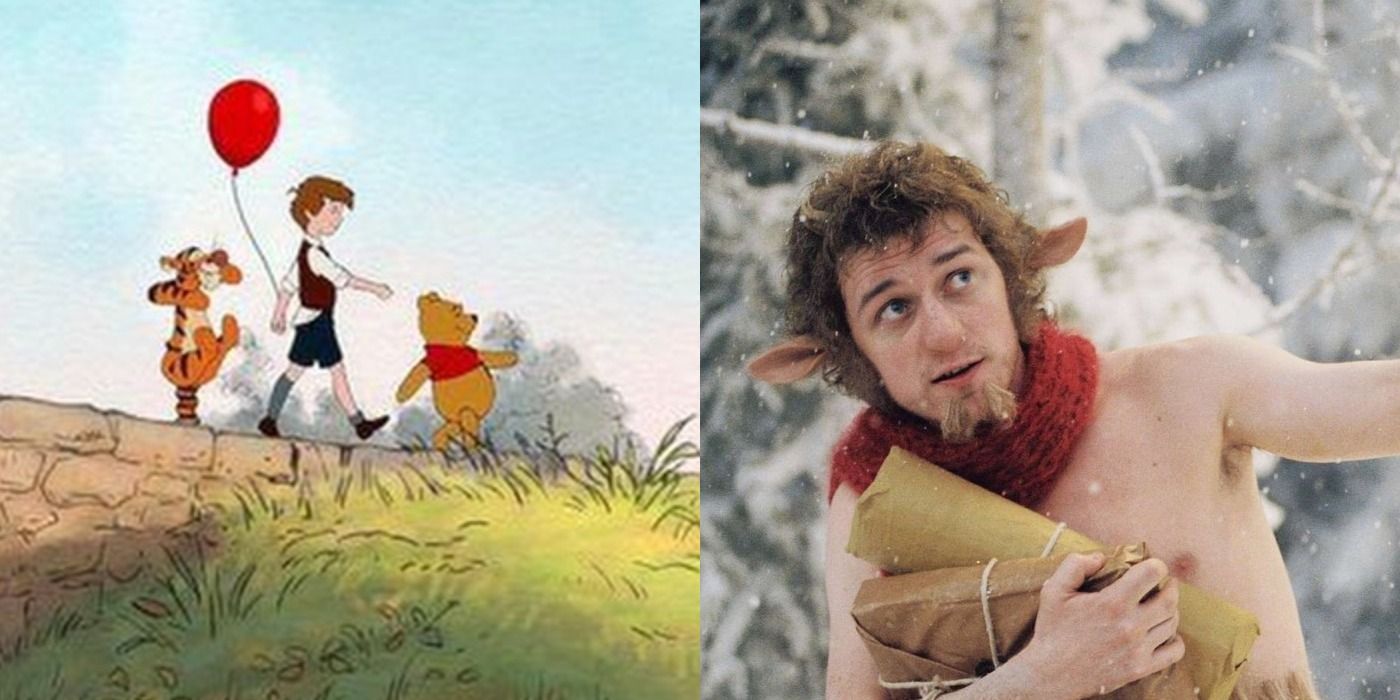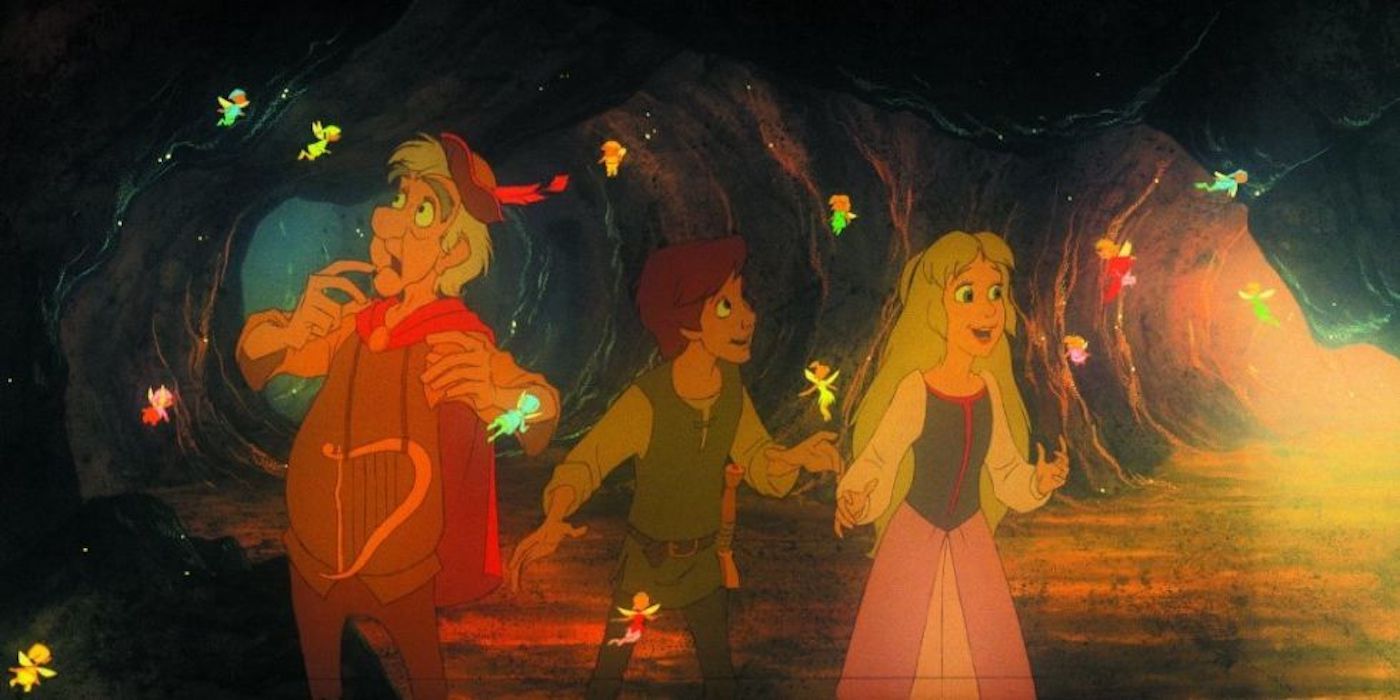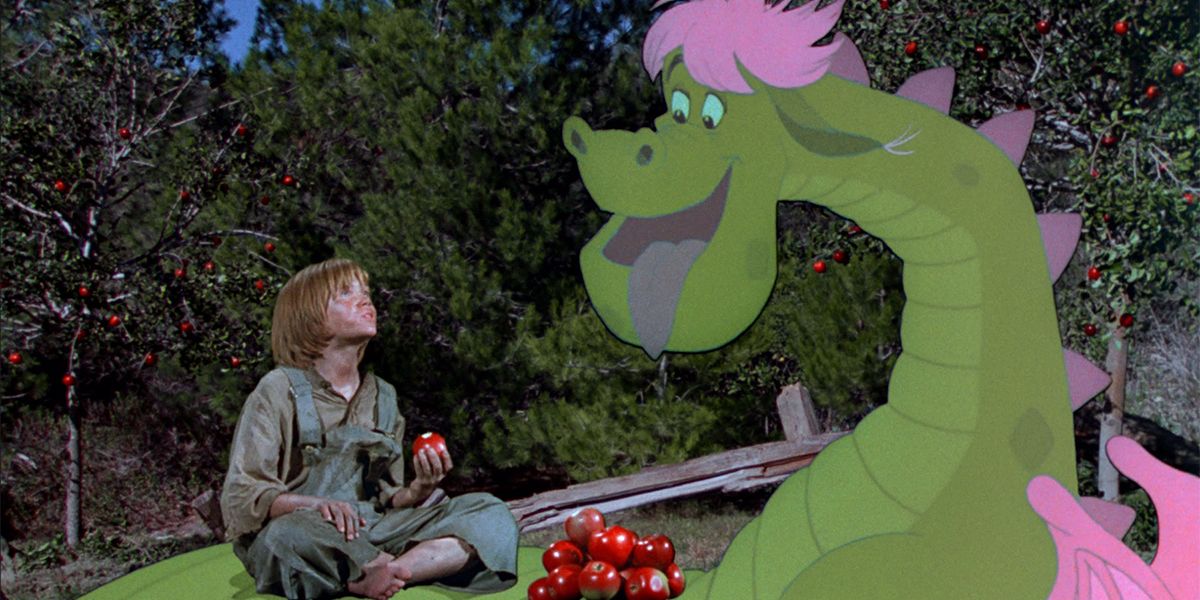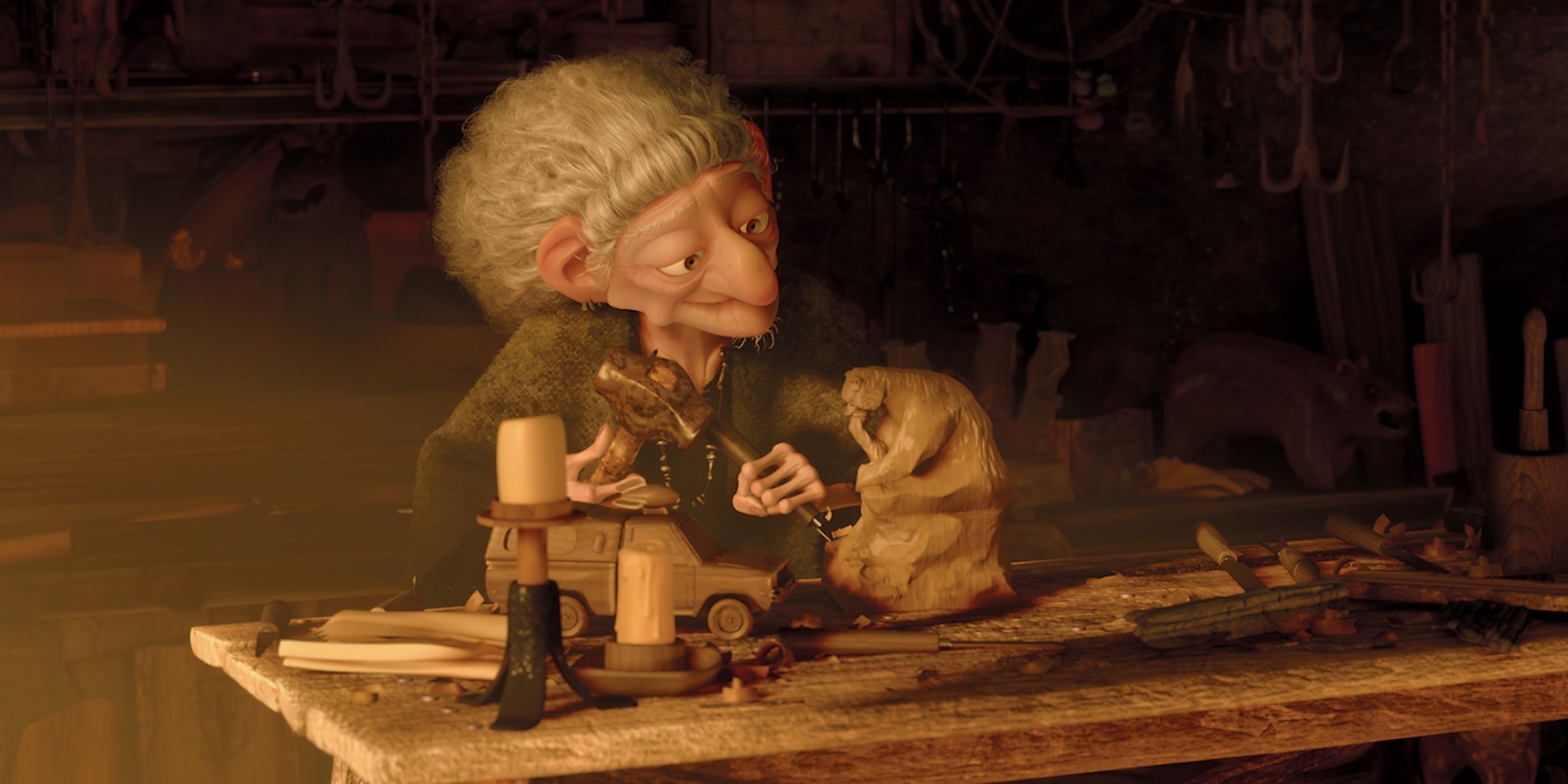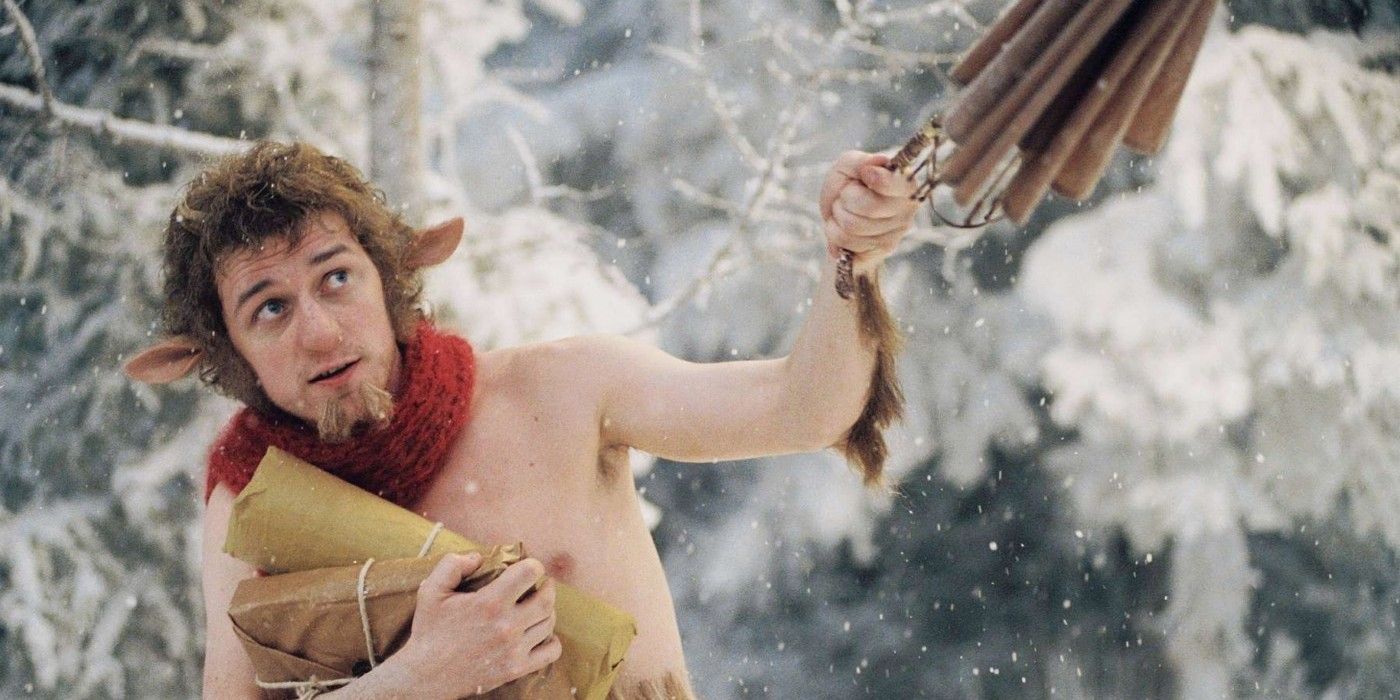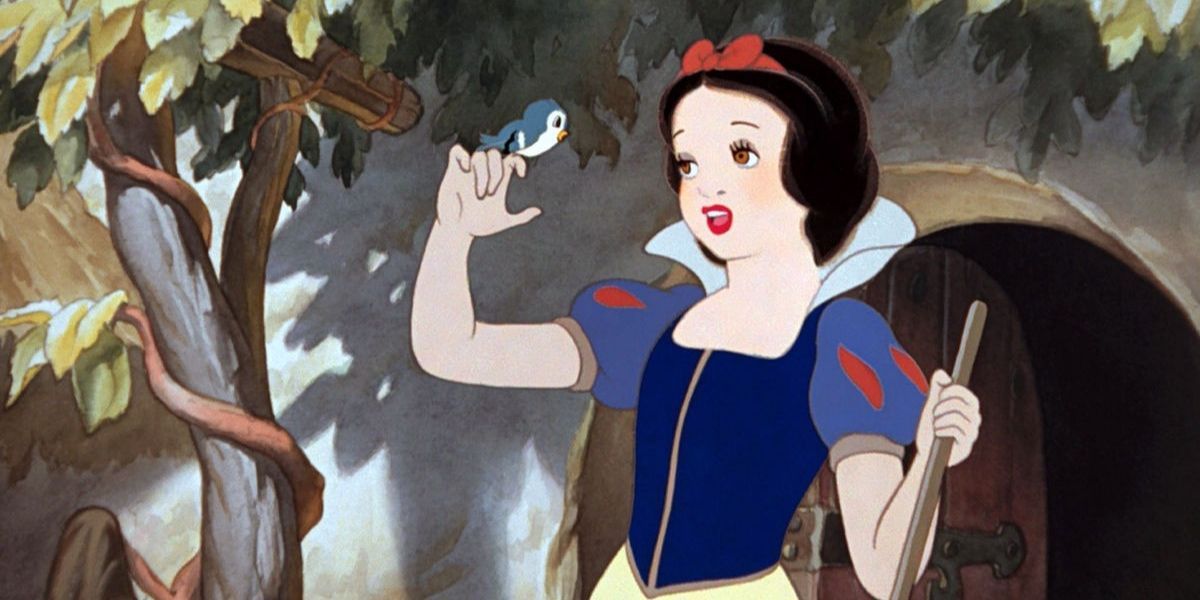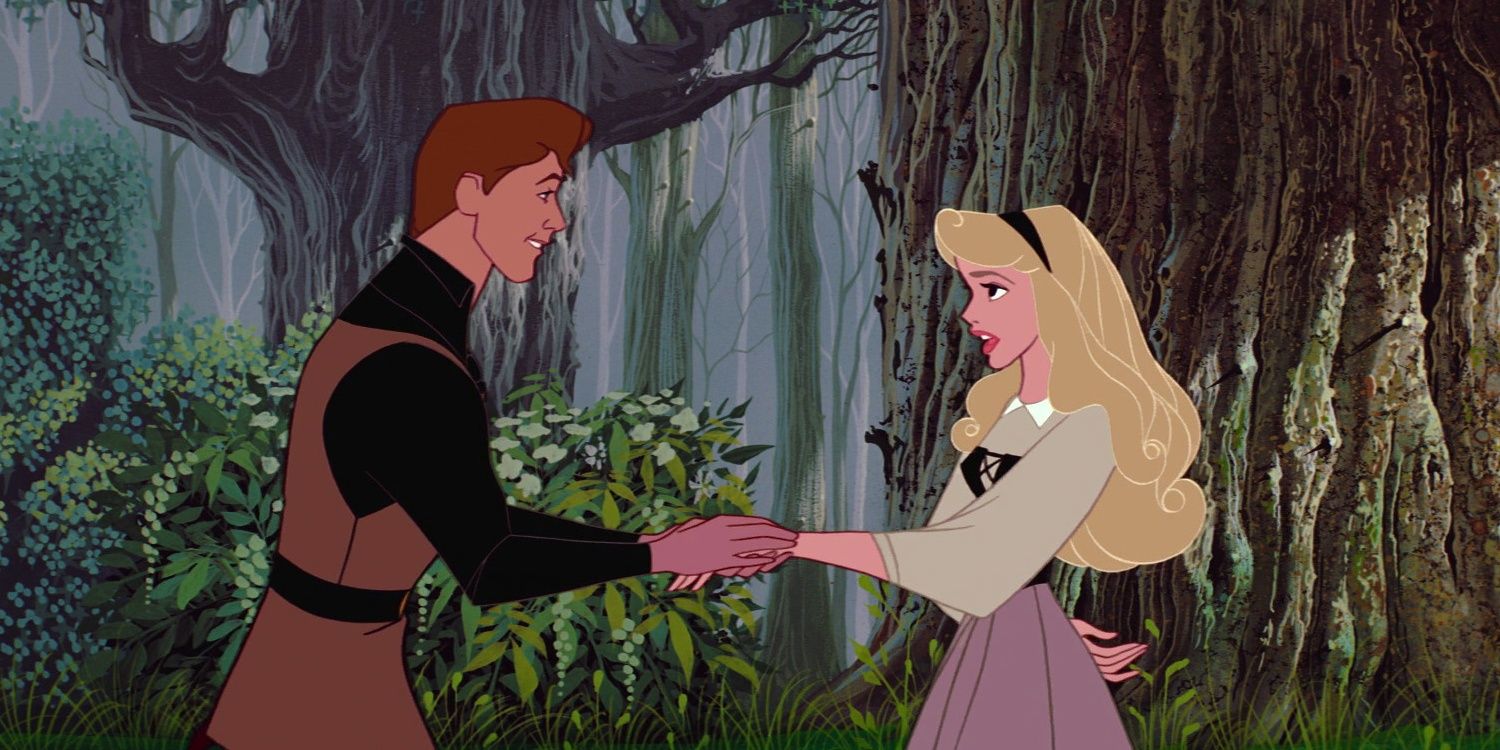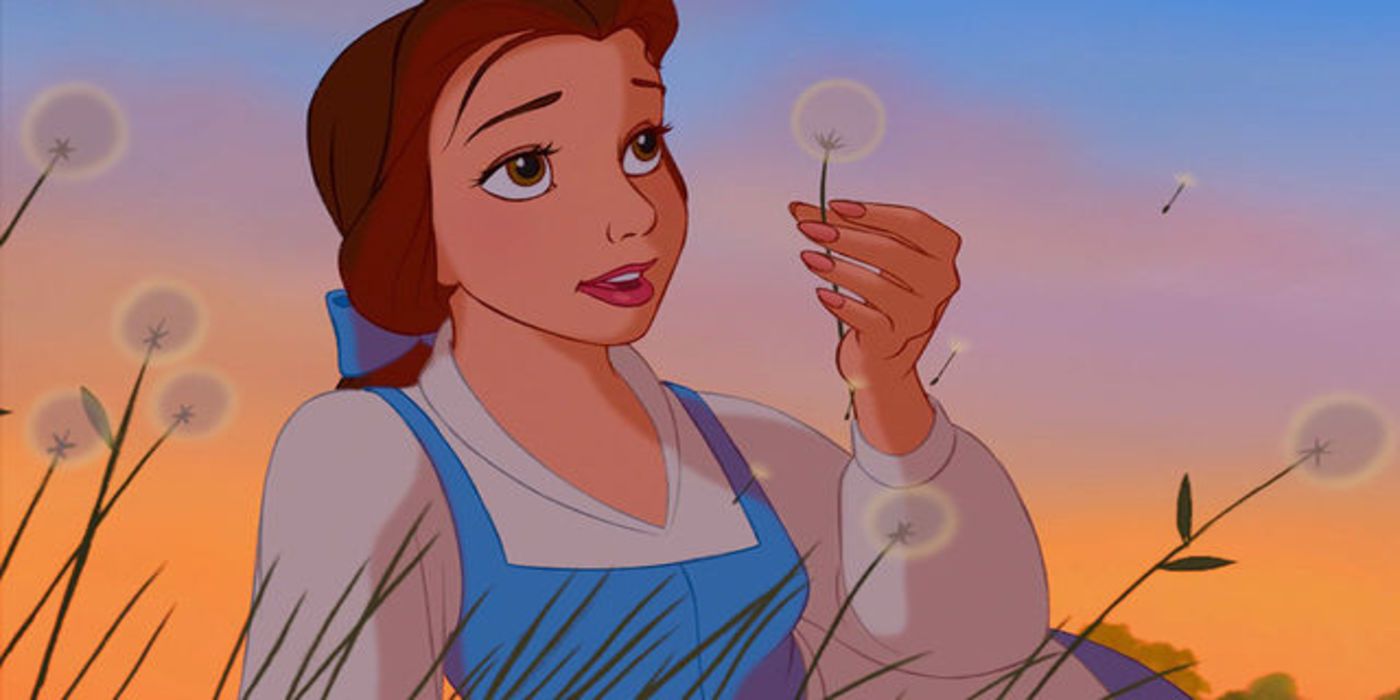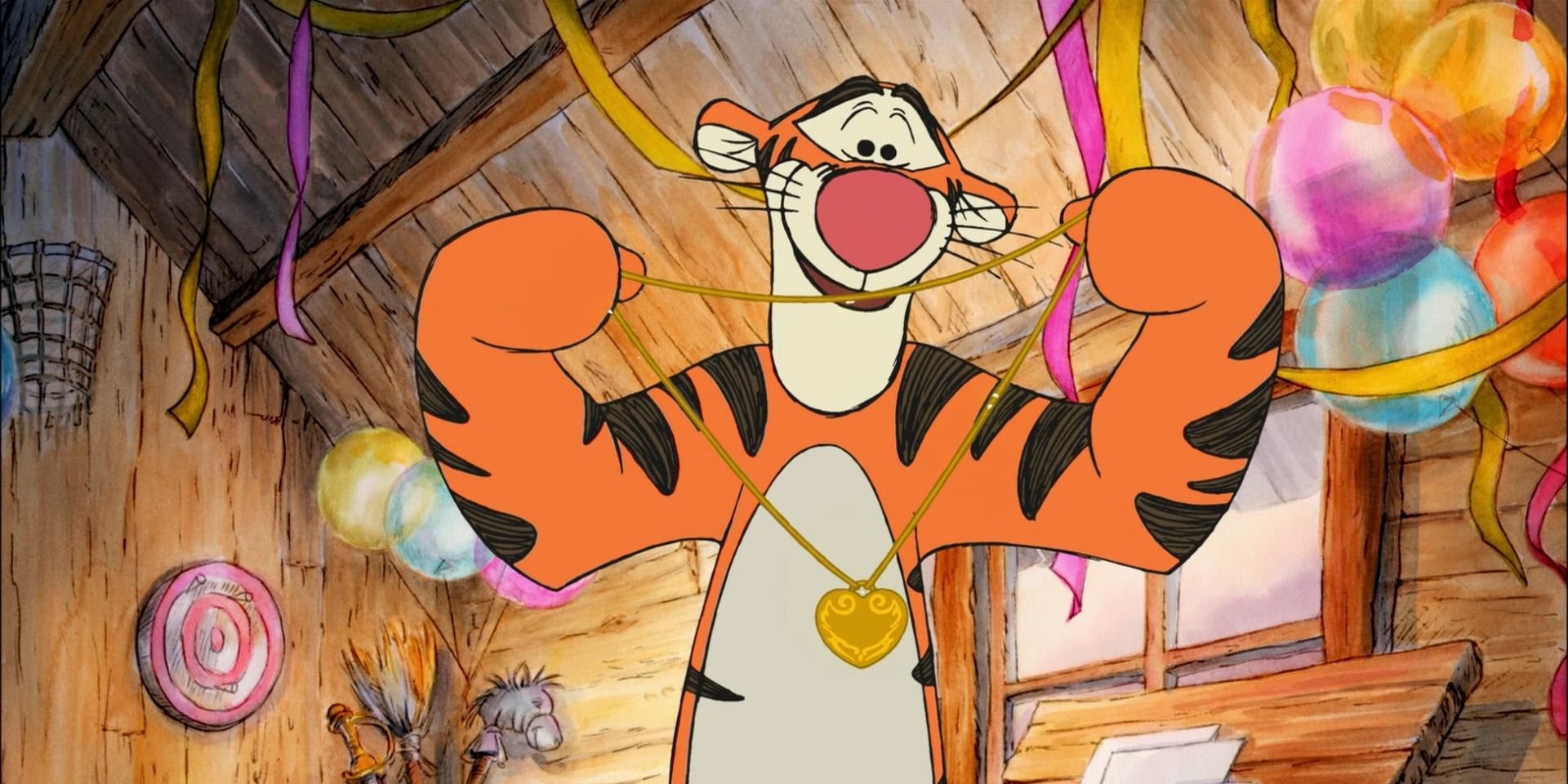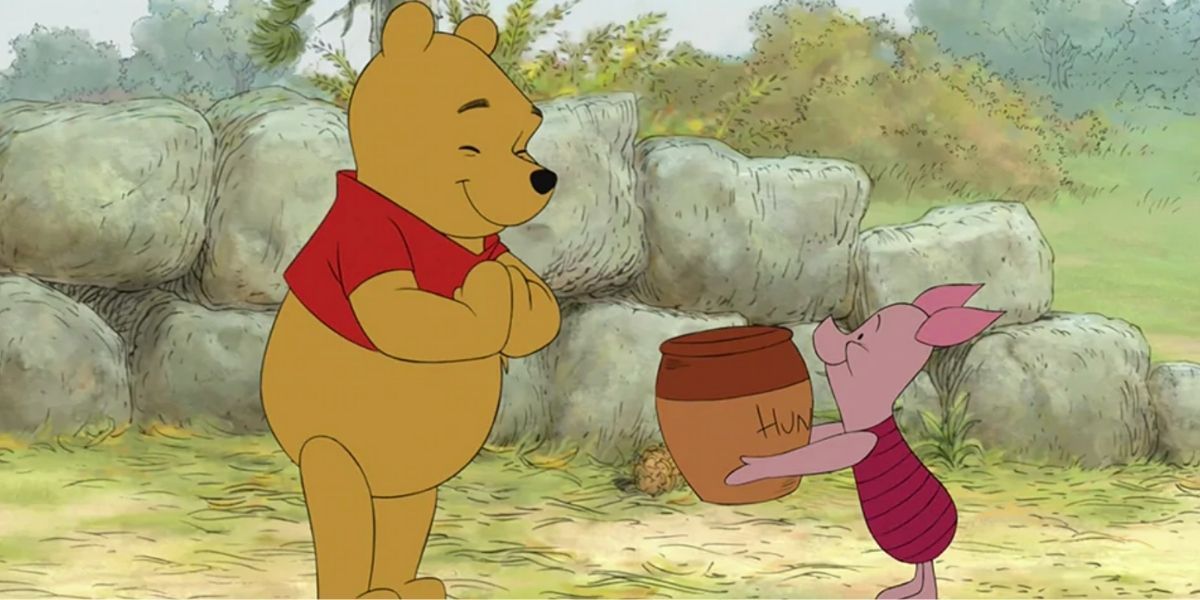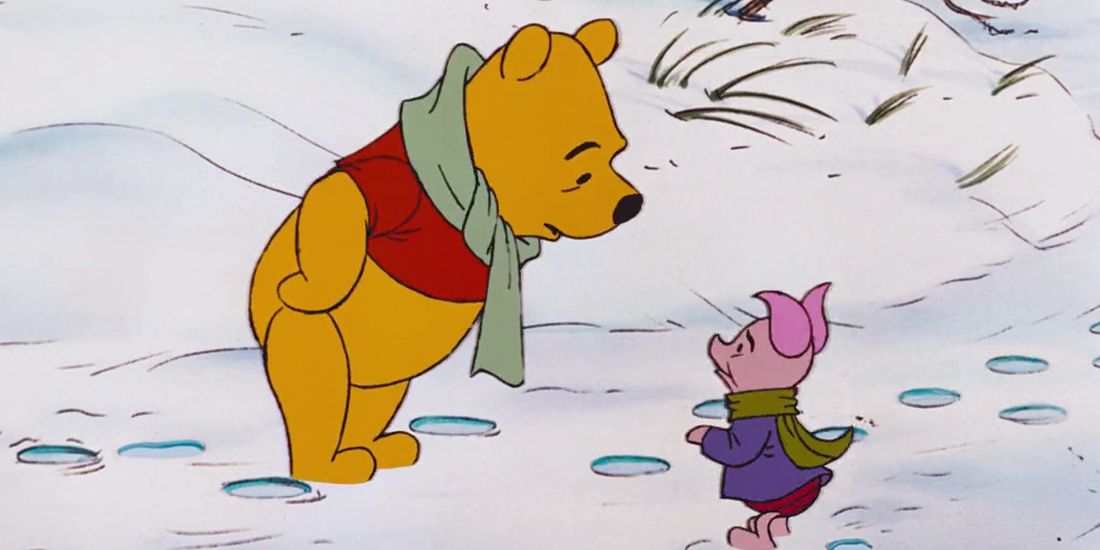Enchanted forests, woodland creatures, and of course, cozy cottages are the elements that create the "cottagecore" aesthetic. And, with Disney's reputation for fairytales and fantasies, it should come as no surprise that the "Wonderful World of Disney" has it down to a science. They've been designing cozy little getaways since Walt's day and have only gotten better with age.
It's the warm and welcoming aura that ties it all together, and there are several Disney films that do the trick every single time. Whether they're storybook fairytales or simply comfort movies at their finest, the studio has had no shortage of cottagecore projects.
The Black Cauldron
It might seem impossible - even blasphemous - to consider this Disney blacksheep even an ounce cottagecore. It's known as the darkest Disney movie for very good reasons. But consider the first half of The Black Cauldron until Taran enters the Horned King's castle.
Taran lives on a farm in Caer Dallben, essentially a postcard fantasy village, with a wizard and an adorable oracular pig. Even his first "quest" is to take Henwen to a cottage at the edge of the Forbidden Forest. Until the Gwythaints attack, the forest looks more like Goldilocks territory than a dark fantasy tale.
Pete’s Dragon
It might not be a cottage, but there's no way one can look at the inside of the lighthouse in Pete's Dragon and not get serious cottagecore vibes. It might not be located in some enchanted glen with Bambi and his woodland buddies running around, but it's cozy, warm, inviting, and practically glowing like a candle on the water.
It might not have a fireplace and big armchairs, but it looks like a perfectly comfortable, if modest, seaside retreat. Plus, the fact that there's a large animated dragon in the caves beneath the cliffs is also a very welcome addition.
Brave
Though it's a touch more "castlecore" than cottagecore, there's definitely something enchanting about the lush green forests that surround Castle Dunbroch in Brave. There's a reason why Julie Walters' wily old witch decided to set up shop there, after all.
It's more about the imagery than the environment, although the castle does look like a place many Disney fans would love to hang their mouse ears. The gargantuan waterfalls, the sprawling greens over the rolling hills of the Scottish countryside absolutely scream cottagecore over a chorus of bagpipes.
The Chronicles Of Narnia: The Lion, The Witch, And The Wardrobe
If there's one fantasy book or film adaptation that nails the cottagecore vibes, it's the first entry in the Chronicles of Narnia franchise. From Professor Digby's house in the English countryside to Mr. Tumus's warm and cozy cave beyond the wardrobe, there are very few places in this realm that don't fit the aesthetic, such as a certain palace of ice and snow.
Even the beaver's dam looks like a place most viewers would want to visit for a plate of fish and chips. Regardless of its semi-eternal winter or sunny Narnian summer, this world of lions, fauns, and fae is one of the prime examples of the aesthetic, especially with Aslan on the throne.
Snow White And The Seven Dwarfs
"Over the seven jeweled hills, beyond the seventh fall, in the cottage of the Seven Dwarfs, Snow White, fairest one of all" With a description like that, there's no way Disney's first film isn't getting a mention. When the main character spends her time taking care of a secluded cottage in the forest with a gang of woodland animals, it's hard not to count it amongst the origins of the aesthetic.
Snow White and the Seven Dwarfs is where Disney starts to enter the top-tier territory for cottagecore. Every frame looks like a storybook illustration, oozing with the brand of intoxicating enchantment only early Disney films could possess.
Sleeping Beauty
Similar to both Brave and Snow White, Sleeping Beauty gets its cottagecore themes from its literal woodland setting and its design choice. Since Aurora spends practically all of her formative years with three fairies in the forest, the aesthetic practically saturates most of the film, but it doesn't end there.
Unlike Snow White or Cinderella, Sleeping Beauty pulls its visual inspiration from medieval tapestries and artwork of the period. That being said, it still helps create that classic fairytale aesthetic. Any frame of this film could be hung on a wall above a fireplace, even with its strange square trees.
Beauty And The Beast
Belle might have longed for adventure in the great wide somewhere, but those deep into the cottagecore culture would much rather take up residence in her "poor provincial town" in the french countryside. The town is stocked with cottages, cobblestone streets, and corner bookstores to fill one's library at home.
It's a happy medium where the little village is just out of the way enough that it qualifies for the cottagecore theme, but it also comes packed with the essential imagery of cozy little houses, farmlands, wide-open fields, and a thick forest to tie it all together. So long as visitors avoid the wolves, it's an idyllic fairytale setting.
The Tigger Movie
When it comes to pure, unfiltered, unquestionable cottage core, there's no better real estate than the Hundred Acre Wood. Starting with The Tigger Movie, this outing featuring the bouncy ball of fun-fun-fun-fun-fun shows off the wood and the homes of its residents better than other Pooh-centric entries.
Not only do viewers spend a very long while in Tigger's home - somewhat of a rarity for the franchise - but they also get to experience the Hundred Acre Wood as it changes seasons from fall to winter. And this isn't even the most cottagecore movie in the Pooh-niverse.
Winnie The Pooh
2011 saw the silly old bear Pooh return to the big screen, but it also saw new life breathed into the Hundred Acre Wood. The plot itself is nothing out of the ordinary for Pooh and friends, but the designs, environments, and sketchbook vibes deeply resonate with long-time fans of the franchise.
Every treehouse, every shady spot in the forest, every nook and cranny drips with Pooh's trademark cozy nature that made him an icon of the storybook genre. The animation might be modernized, but the environments are still as familiar as ever.
The Many Adventures Of Winnie The Pooh
As seen with most things, nothing ever comes close to the original, which can certainly be said for The Many Adventures of Winnie the Pooh. Every second spent in Pooh's storybook is cottagecore in its purest form. Right from the opening narration in Christopher Robin's bedroom, it's obvious that the viewers are in for a warm and fuzzy experience.
Climbing the branches of the honey tree, having breakfast at Rabbit's, visiting friends on a blustery day, and bouncing with Tigger through a snowy forest are all cottagecore to the max. It's a safe, inviting, and nostalgic world of makebelieve that will always exist so long as there is a boy and a bear named Winnie the Pooh.
NEXT: 10 Differences Between The Pooh Movies & Book Characters

